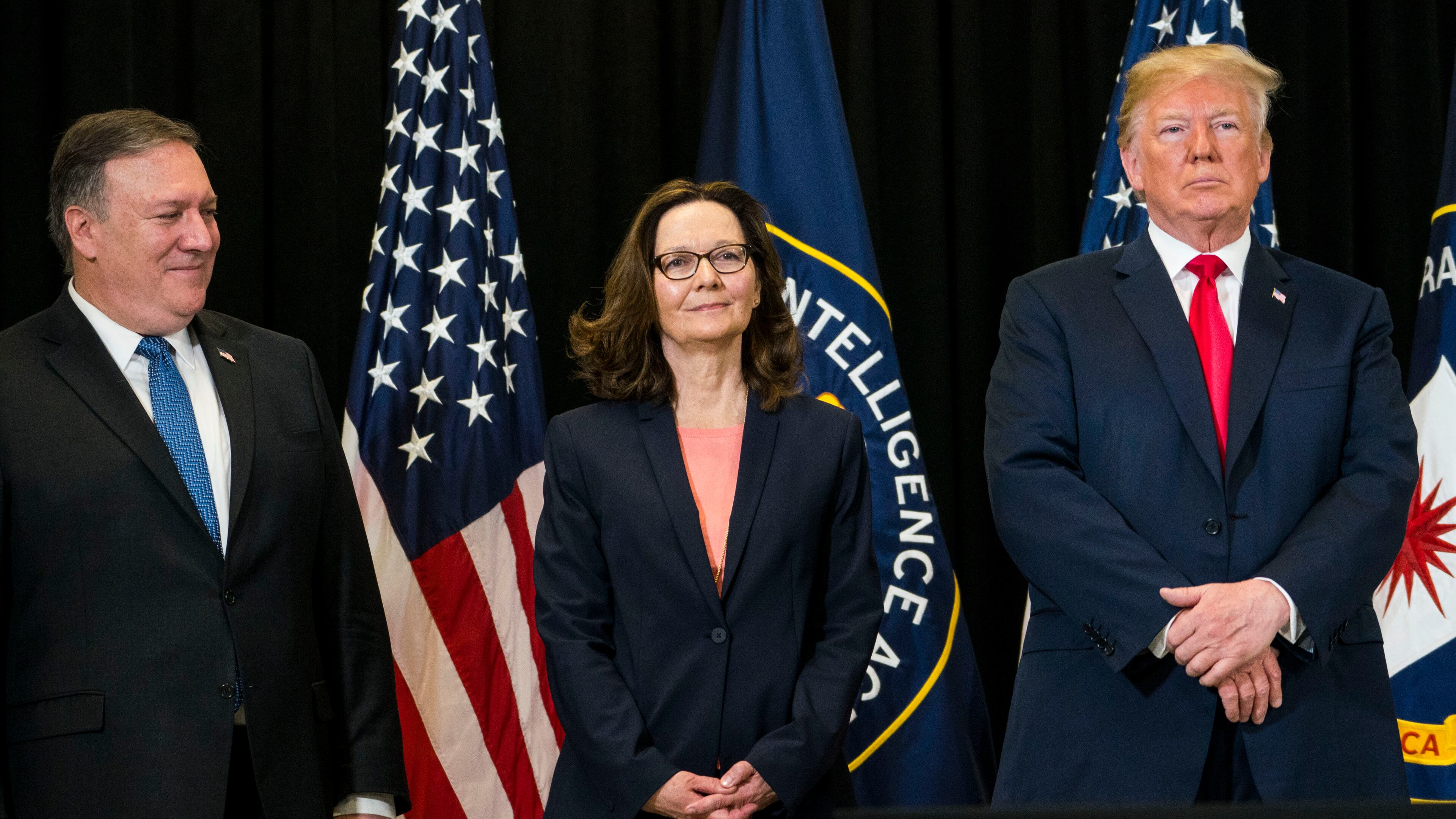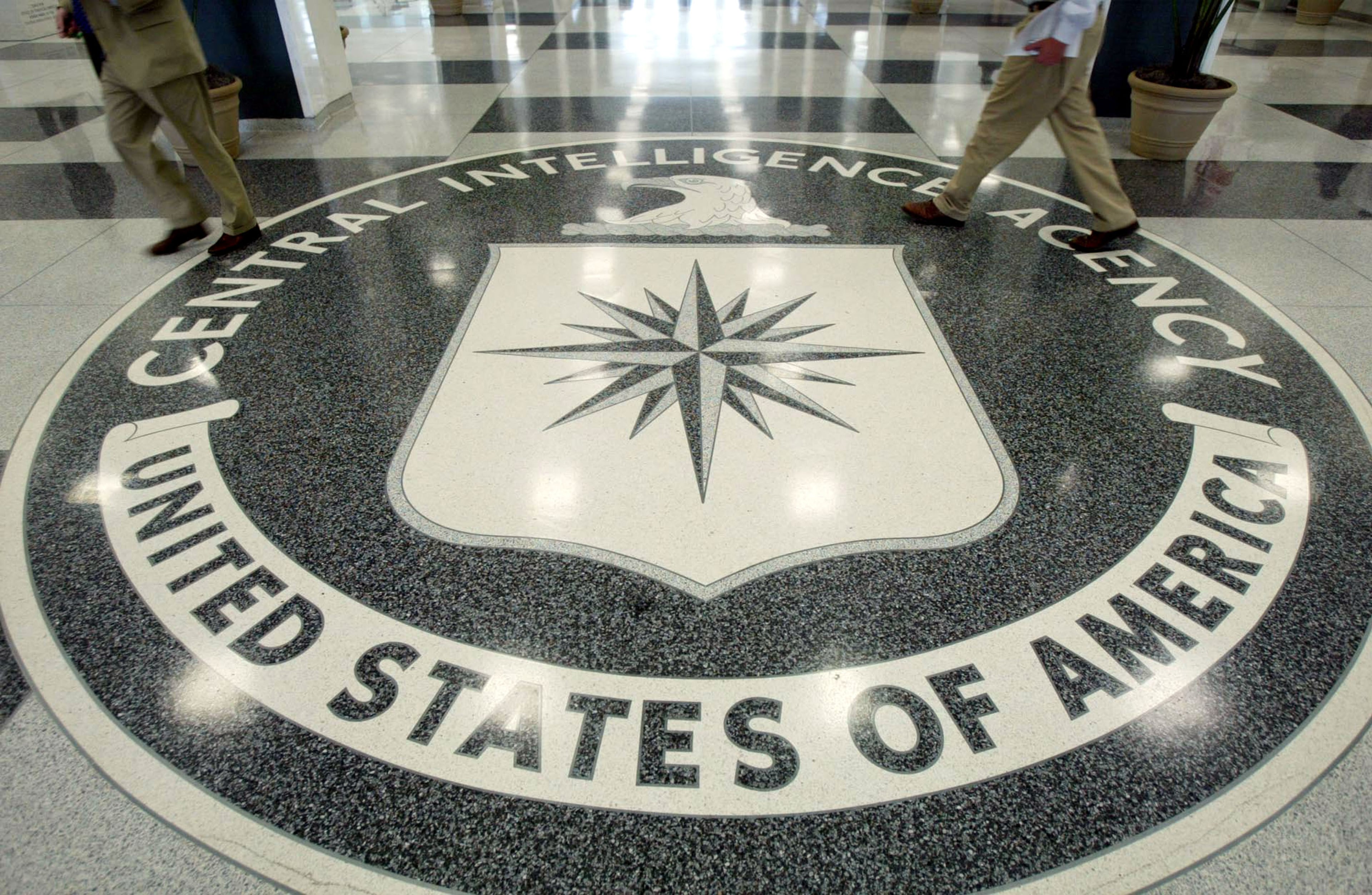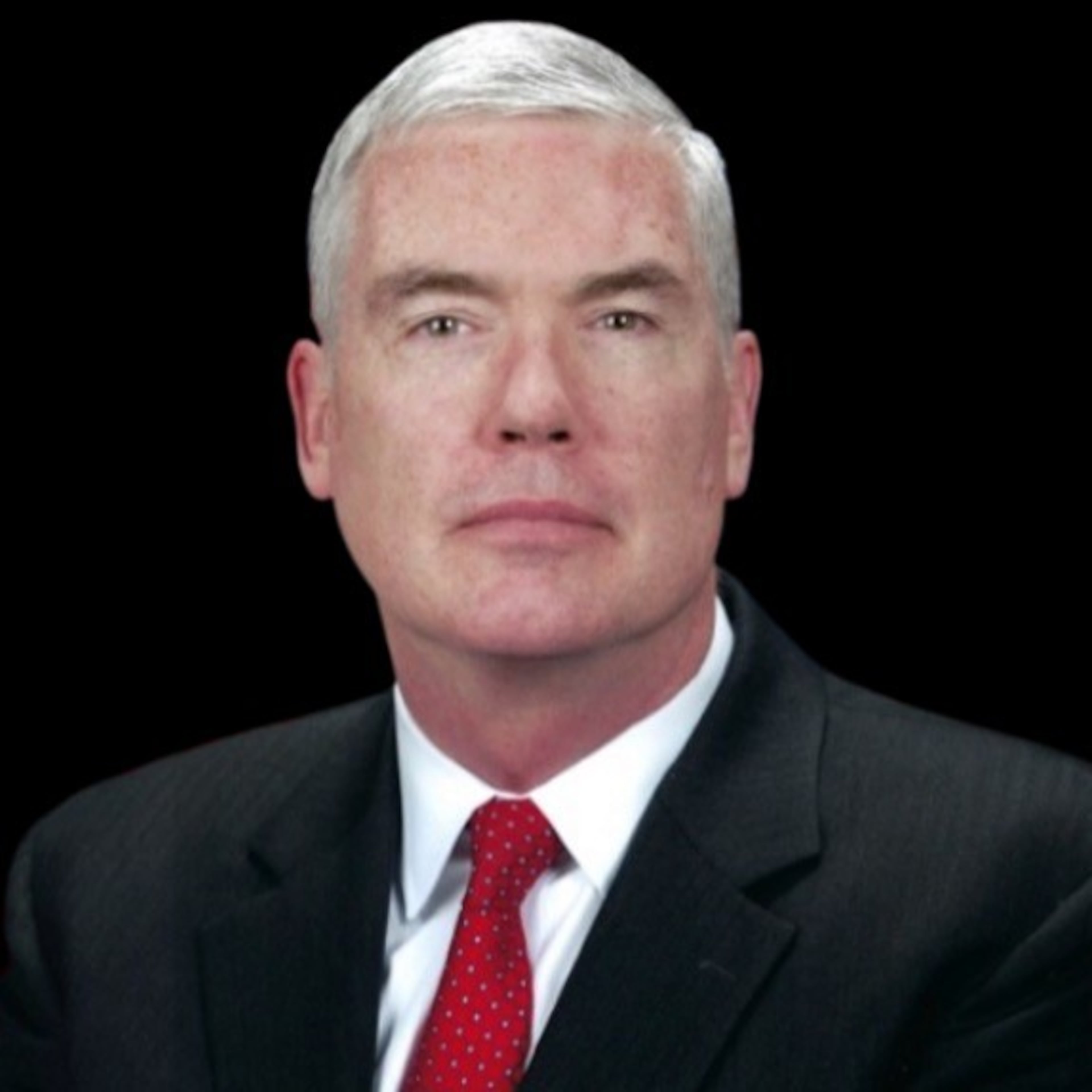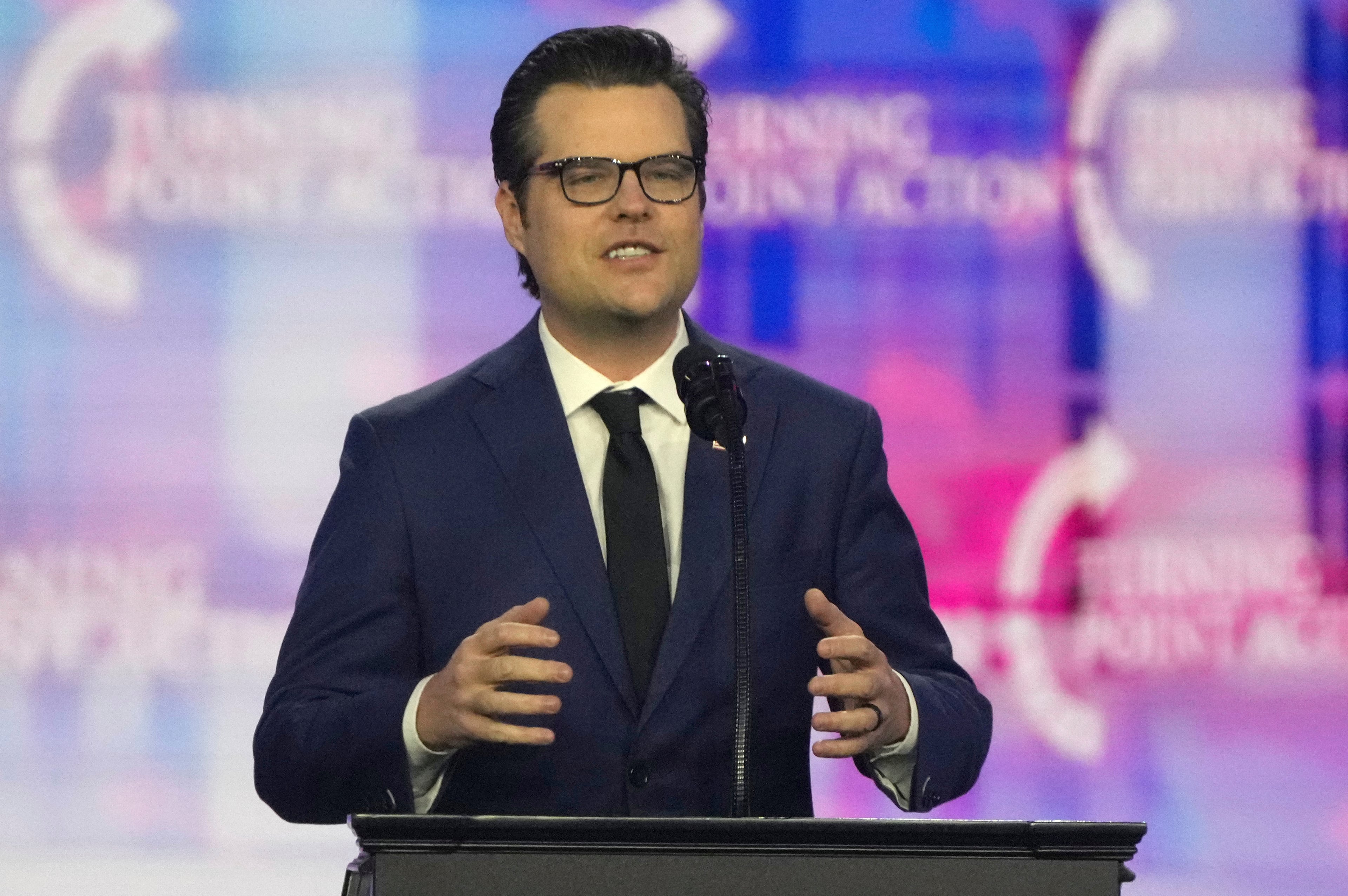Federal hiring diversity pushback ignores that outsiders help protect America

On Aug. 4, Dame Stella Rimington, the first woman to lead M15, the United Kingdom’s domestic intelligence agency, died at age 90. Her passing marked more than the end of a remarkable career. It prompted a quiet reckoning with how much intelligence leadership has evolved — and how much depends on who is entrusted to lead.
In 1992, Rimington became director-general of Britain’s domestic intelligence agency at a time when female leadership in national security was rare enough to be seen as implausible. She made it routine. She modernized MI5’s counterterrorism posture, authorized the release of historical files and opened the agency to public engagement. She simply did the job — visibly and capably.
Rimington’s legacy is still unfolding. Earlier this year, MI6 — or the equivalent of the Central Intelligence Agency — appointed Blaise Metreweli as its first female chief, more than 30 years after Rimington took the helm at MI5.
This isn’t a sentimental tribute to representation. It’s a strategic argument: institutions charged with anticipating surprise, challenging consensus, and managing ambiguity cannot afford monocultures. This is especially true in intelligence agencies, which thrive not on uniformity but on friction — of ideas, of backgrounds, of instincts. Rimington understood this intuitively. So have the women who have served in senior leadership roles at the CIA.
CIA eventually learned that diversifying its force paid off

Across the CIA’s leadership, women have played central roles in defining and modernizing the mission. Jami Miscik, Carmen Middleton, Carmen Medina, Fran Moore, and Linda Weissgold are just a few who have held senior roles in the Directorate of Analysis. In 2018, Gina Haspel became the first woman to lead the CIA, bringing decades of operational experience to the top role. Their paths were varied, their contributions distinct. That’s what made their leadership consequential — not symbolic.

I had the privilege of working with and for all of these women. I also worked for men. What defined them all wasn’t gender, race or ethnic background. It was their diversity of background, perspective and skill set. Each brought something distinct. But all had in common what matters most: an unwavering commitment to mission, professionalism and sacrifice.
Institutions are not strengthened by enforcing a single profile for its leadership — they do it by broadening the range of perspectives empowered to lead. There is a persistent misconception that diversity is a distraction or a public relations campaign. It is neither. In national security, diversity is mission-critical. Homogeneous teams may feel more cohesive, but heterogeneous teams consistently outperform them on complex, ambiguous problems. Researchers have revealed what intelligence professionals have long known: cognitive and experiential range improves accuracy and exposes faulty assumptions.
In the CIA’s early decades, its ranks were dominated by Ivy League graduates. By the late 1960s, internal evaluations began to note the need for broader recruitment, recognizing the strategic value of a generational shift already underway. The change didn’t happen overnight — but by the 1990s, when I joined the agency, it was clear that the trend had taken hold.
I was hired based on mission-relevant experience, not pedigree — a Georgia-educated analyst competing alongside candidates from across the country. Each person hired brought fresh perspectives to hard problems. That widened aperture didn’t lower the standard — it refined it.
The most consequential intelligence failures are rarely about bad data. They’re about misframing the question or misreading the context.
Which is why the makeup of leadership matters. Not because identity determines insight. But because lived experience informs what assumptions get challenged and what risks are seen as plausible. A woman from outside elite institutions may read social movements differently. An analyst whose parents fled an authoritarian regime may see repression before others do. Someone from the rural South or urban Midwest may read public sentiment others overlook. The mission gains when the vantage points widen.
These principles are not confined to intelligence. The same holds across public service — in diplomacy, disaster response, law enforcement. Wherever judgment under uncertainty matters, the perspectives we elevate shape the decisions we make. If government is to serve the full public, it must reflect the breadth of that public — not just in appearance, but in experience and instinct.
Federal government should reflect the country it serves
The current debate over diversity in federal institutions is polarizing and often misleading. Concerns about quotas are not without merit. But the answer isn’t to ban inclusion efforts. It’s to recalibrate how institutions are built to reflect the country they serve. Diversity should be applauded, not feared.
What should concern national security professionals is the growing impulse to treat diversity as antithetical to excellence. That idea is not just wrong. It’s dangerous. When agencies narrow their pipelines under ideological pressure, they erode the very mission they aim to protect.
Institutions don’t safeguard democracy by mirroring the dominant class. They do it by questioning themselves — persistently, uncomfortably, and with eyes wide open. That requires people who challenge the defaults. People who were once outsiders.
Dissent channels help. But they work best when the institution is primed for dissent — when there’s room not just for different arguments but different instincts. Strategic empathy must be cultivated. And that means building a leadership corps that reflects the country as it is, not as it was.
The next threats won’t announce themselves neatly. They’ll emerge from the margins and exploit blind spots. Success will hinge on what questions we ask and what voices we empower.
That’s the lesson Rimington — and those who followed her — left behind. Not just that a woman could lead MI5, but that leadership shaped by diverse experiences, perspectives, and paths strengthens institutions and recalibrates what excellence looks like.
Perspective is power. And across any field where stakes are high and decisions complex, power without perspective isn’t just incomplete — it’s a liability.
Brian O’Neill is a retired CIA executive who has served in such leadership roles as deputy director of analysis at the National Counterterrorism Center and as executive editor of the President’s Daily Brief. He now teaches national security at Georgia Tech and contributes to the journal Just Security and other outlets.

